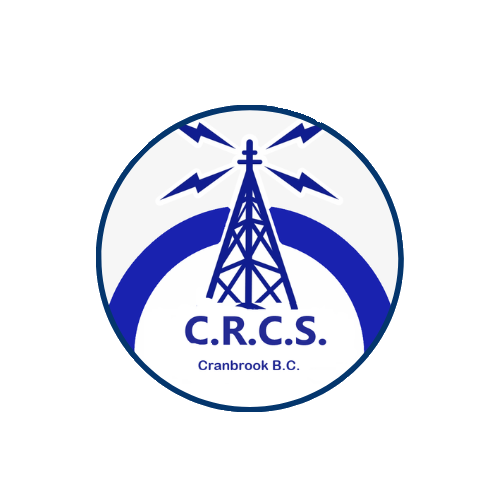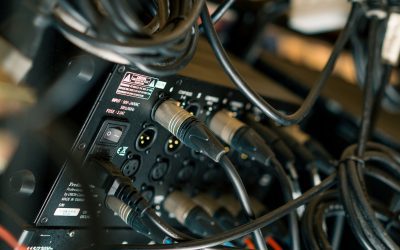Today, our focus is on “Antennas,” exploring their critical role and offering tailored advice based on your geographical area for optimal performance. Let’s amplify those connections!
Navigating the World of Antennas
Unlock the secrets of superior signal transmission with CRCS as we delve into the dynamic world of “Antennas.” In this comprehensive guide, we’ll provide insights and advice tailored to different geographical areas, ensuring your ham radio experience reaches its full potential.
A Crucial Element in Ham Radio Setup
Antennas serve as the lifeline of ham radio communication. CRCS sheds light on the fundamental aspects, from antenna types to their diverse applications. Gain a deep understanding of how antennas form the backbone of an efficient ham radio system.
Advice for Urban Environments: Maximizing Efficiency in the Concrete Jungle
Navigating a concrete jungle? CRCS recommends compact and vertically polarized antennas. Learn how to mitigate interference and optimize your signal propagation amidst urban obstacles.
Compact Antennas:
In urban environments, where space is often limited, compact antennas become essential. CRCS suggests opting for antennas with a smaller physical footprint without compromising performance. Compact antennas are not only practical for city dwellers with constrained installation spaces but are also adept at navigating the tight radio spectrum typical in urban areas.
Vertically Polarized Antennas:
To mitigate the impact of signal reflections from surrounding buildings, CRCS recommends the use of vertically polarized antennas. Unlike horizontally polarized antennas, which can be susceptible to reflections from tall structures, vertically polarized antennas are better suited to handle multi-path propagation challenges commonly found in urban environments. This polarization choice enhances signal reliability and minimizes potential disruptions caused by signal reflections.Rural Areas: Harnessing the Wide Open Spaces
In vast rural expanses, CRCS advises on long-range antennas with a focus on horizontal polarization. Explore techniques to harness the openness, overcome potential signal loss, and establish robust connections across wide-ranging landscapes.
Horizontal Polarization:
In the context of rural environments, where the skyline is often unobstructed by towering structures, CRCS advises the use of horizontally polarized antennas. Unlike vertically polarized antennas, which may encounter increased signal absorption by the Earth’s surface over long distances, horizontally polarized antennas can enhance signal propagation in open spaces, contributing to improved coverage and reduced signal loss.Coastal Regions: Battling the Elements for Clear Signals
For those along the coast, CRCS advocates for durable, corrosion-resistant antennas. Discover how to combat the challenges posed by saltwater environments and maintain reliable communication amidst the coastal elements.
Durable, Corrosion-Resistant Antennas:
Understanding the corrosive nature of saltwater, CRCS strongly recommends the use of antennas specifically designed to withstand coastal conditions. Durable materials, such as marine-grade aluminum or stainless steel, are integral to ensuring longevity and performance in the face of salt-laden air and the corrosive effects of coastal weather. By choosing antennas built for durability, operators along the coast can safeguard their equipment from accelerated wear and degradation.Mountainous Terrain: Reaching New Heights in Communication
In elevated terrains, CRCS recommends high-gain directional antennas. Explore how strategic placement and directional focus can overcome line-of-sight obstacles, allowing you to scale new heights in ham radio communication.
High-Gain Directional Antennas:
CRCS recognizes that in mountainous terrain, where the topography is characterized by peaks and valleys, the need for robust signal coverage becomes paramount. High-gain directional antennas are our recommended choice for operators seeking to extend their reach across varying elevations. These antennas, with their focused signal directionality, provide enhanced gain, allowing for more effective communication over longer distances and across challenging topographies.Directional Focus to Overcome Line-of-Sight Obstacles:
Mountainous terrain often introduces obstacles such as ridges, cliffs, and dense vegetation, impacting line-of-sight communication. CRCS advocates for the use of directional antennas to overcome these obstacles. By focusing the antenna’s energy in a specific direction, operators can mitigate signal loss caused by terrain features.As we conclude our exploration into antennas, CRCS invites you to implement our tailored advice based on your geographical area. Whether you’re in the heart of the city or atop a mountain peak, trust CRCS to guide you in choosing and optimizing antennas for unparalleled ham radio performance.




